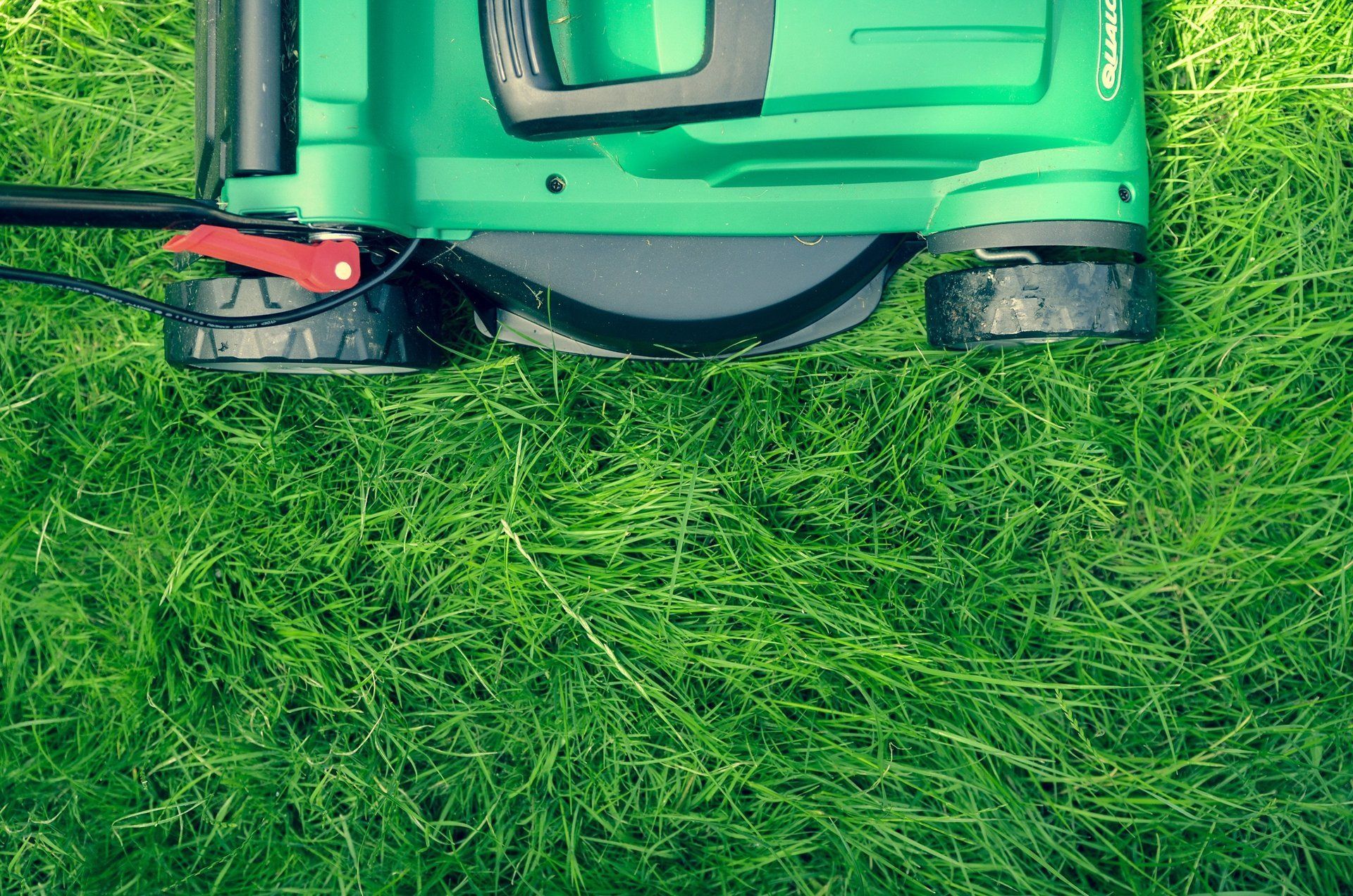
Choosing Turf – What to Consider?
- by Nic
- •
- 07 Jan, 2019
- •
Picking the right turf for your garden.

Laying turf is a quick way to achieve the garden you’re after without using grass seed and waiting. With such a variety of different turfs available it can be difficult trying to decide what one is best for you and your budget. Below we’ve listed some of the key things to consider when choosing your turf type.
1. What’s it being used for?
One of the biggest considerations to make when choosing turf is to think about what the lawn will be used for. Some turf types aren’t made to be used in high footfall areas, or for heavy sports use, so think about how you’ll be using your new turf now and in the future.
2. How much time do you have?
Not everyone has the time to maintain their lawns and gardens, if you know you’ll struggle to find the time to do this, it may be worth considering a more hard-wearing turf type. Alternatively, if you have the time to invest in keeping your turf in top condition, consider one that suits your lifestyle.
3. What’s the weather like where you live?
The UK is known for its changeable and adverse weather conditions. If you live in Scotland for example, you’ll need to consider how varying weather patterns can affect your lawn. Shade, soil type and drainage all play a part in the health and growth of your lawn.
4. Your Budget
Consider what your budget is and choose a turf that best fits your financial circumstances. Turf for ornamental purposes may have a heftier price tag than hard wearing turf for sports use and high traffic areas.
If you’re unsure as to what turf type to choose for your new lawn, get in touch with me directly to discuss your options and our supply and fit packages.
Quotes are free, so if you’d like to discuss any of these services, do let me or a member of the team know.

Mowing the Lawn
If you haven't managed an initial cut yet try and get on to it sooner rather than later as April can be a warmer wet month which will speed growth but makes mowing difficult. Keep the mowing height on the high side until May unless you're raking or scarifying and then you'll need a fairly low cut.
A few early mowing tips:
- 'Squeegee' the lawn in the morning to brush off any overnight dew
- Mow in the afternoon to allow the grass daytime drying time
- Keep the cut on the high side until you get to a more frequent mowing pattern
- Be careful with the turns as the ground can be soft
- Thoroughly clean the mower - wet grass sticks under the mower
Mowers
For the mowing season you need to do two things: keep it clean and keep it sharp so starting off with sharp blades in the spring is best but alas rare! If the grass is damp it can easily build up inside the mower so always give the mower a good brush, scrape or hose down after every use. Secondly, if you do a lot of mowing, then be prepared to sharpen or swap blades mid-year to maintain a clean cut. Order your spare blade now before the shelves empty!
Feeding the Lawn
This is the month to get your spring lawn feed into the lawn. The demands of the winter will have taken their toll and a spring feed is critical for a healthy lawn. Your timing will depend on how things are warming up in your part of the world. If you're doing any other lawn maintenance such as moss control and raking or scarifying, then put your lawn fertiliser in afterwards. Your weed control should be done after fertilising preferably in May or even June.
Weed Control
Don't start applying weed killer to the whole lawn just yet as many more weeds will come through over the next month or so. Plan on treating individual weeds or manually removing any obvious large weeds now. If there are too many, treat the whole lawn at the end of April or into May about two or more weeks after fertilising.
Moss Control
This winter has been fairly wet and dull so a lot of moss about so this is where a lot of your effort should go if your lawn has suffered from heavy moss infestations.
This month is the best month for attacking the moss as the grass will soon be growing well. If you are just applying a ferrous sulphate -based moss killer to control moss growth, then you can get on with it sooner rather than later but after you've done a medium to high cut on the lawn. This means you won't need to mow for a while after application and you'll have uncovered some moss giving better exposure to your treatment.
If on the other hand you're going the whole hog and raking the moss out your plans should include applying an iron-based Moss Killer, over seeding bare patches or even the whole lawn with appropriate grass seed and finally assisting recovery with fertiliser. Scarifying in early May is perfectly acceptable if there is ground moisture available for grass recovery.
Don't forget you don't HAVE to kill the moss before raking it out as applying a ferrous sulphate-based moss killer after raking to kill what remains will be more effective. Treating before AND after is even more effective particularly if moss loves your lawn but you need at least three to four weeks between applications with cool wet conditions.
For those of you with concerns for safety of children and pets that are likely to be on the lawn soon after treating you can now use a chemical free product in your treatment program.


